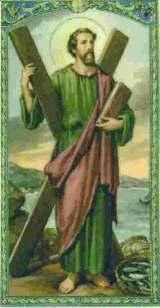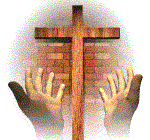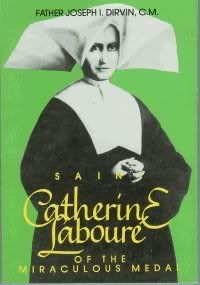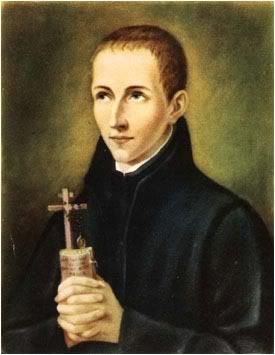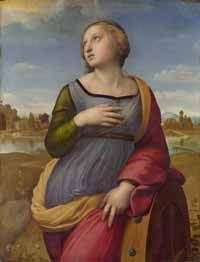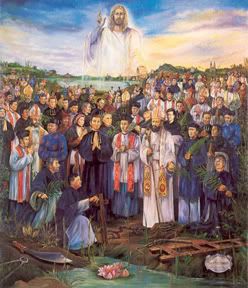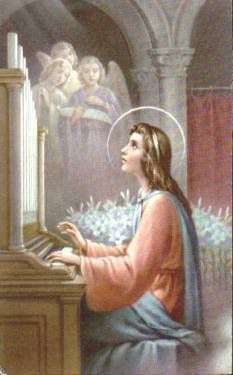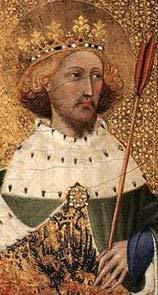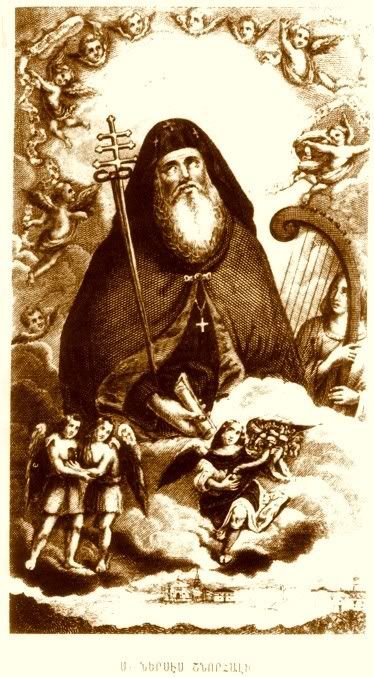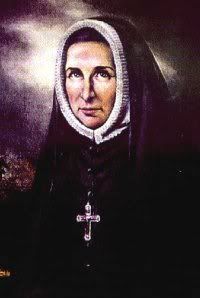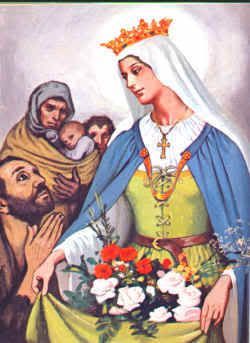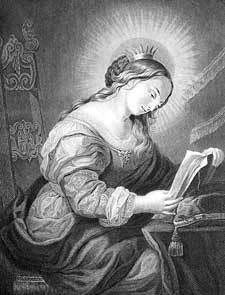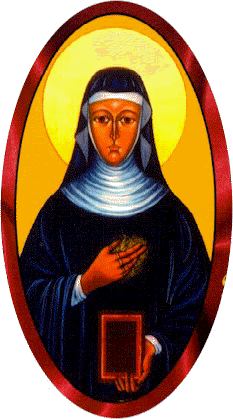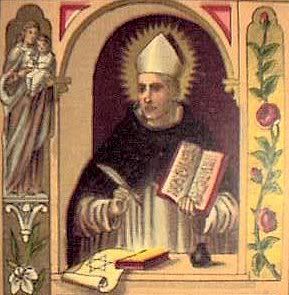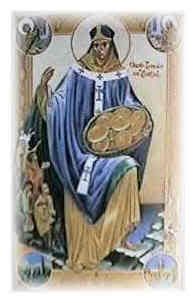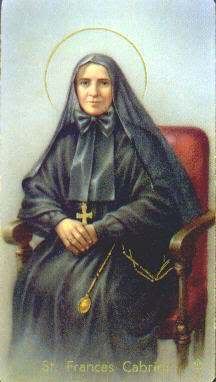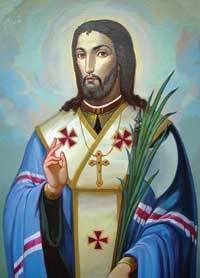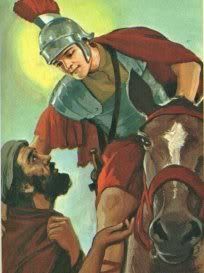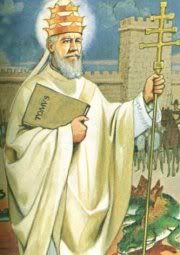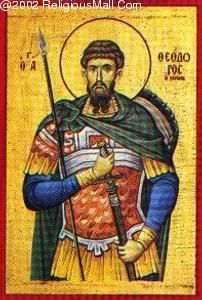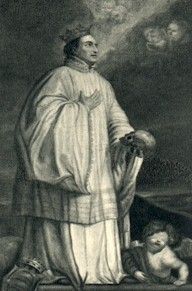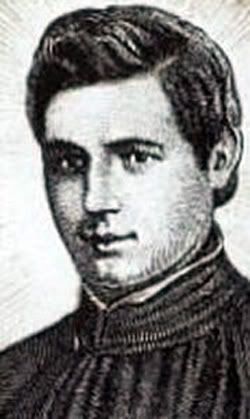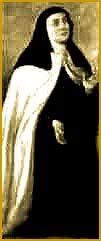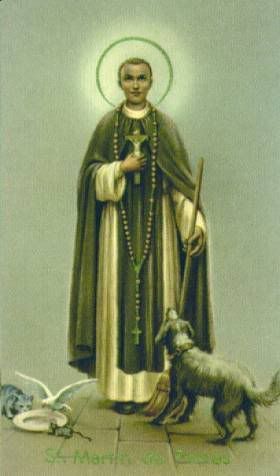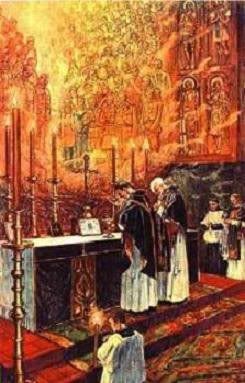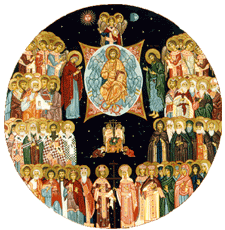NOVEMBER 23
The current Roman calendar lists a saint and a blessed on November 23. Their stories are briefly presented here one after the other.
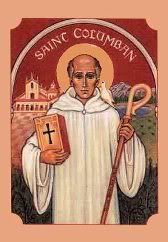
ST. COLUMBAN
Columban, the most famous of the Irish missionary-monks, lived in the seventh century. He had a good education as a boy. When he was a teenager, he decided to become a monk. His mother could not bear the thought of him leaving her. However, Columban felt the call to serve God in the quiet of a monastery. After many years as a monk in Ireland, Columban and twelve other monks set sail for France.
There was a shortage of priests there at that time. The French people were inspired by the lives of the monks. These holy men performed penance, practiced devotion and lived in charity. Many young men were attracted to this holy way of life. They came and asked to join the monks. Soon the monks were building other monasteries to house all the disciples of St. Columban.
There were some people, however, who thought the rules of these monks were too strict. St. Columban also faced danger when he confronted the king about his sins. As a result, he and his Irish monks had to leave France. St. Columban, though fairly old, still tried to preach to unbelievers in Switzerland. When he was seventy, he went into Italy and defended the faith against the Arian heretics. In his letters to Pope St. Boniface IV, St. Columban proclaims his great devotion to the Holy Father. "All we Irish, living in the most distant parts of the earth," he says, "are bound to the Chair of St. Peter." He calls the pope the "leader of leaders."
In his last years, St. Columban built the great monastery of Bobbio in Italy. He died there on November 23, 615. After his death, both the Irish and the Italians were very devoted to this wonderful missionary.

BLESSED MIGUEL AUGUSTIN PRO
Miguel Pro was born in Guadalupe, Mexico, in 1891. He was destined to become a martyr of the twentieth century. The Mexican government's persecution of the Church began in 1910. Miguel joined the Jesuit novitiate in 1911. He was twenty years old, generous, courageous and lively. By 1914 the revolution had become severe. Jesuit novices were slipped out of the country. They were sent to foreign seminaries for their training. Miguel completed his priestly studies in Belgium and was ordained in 1926. The young priest's health was poor. He was especially troubled with constant stomach pains. His return to Mexico was a joy on the one hand and suffering on the other. He saw his people suppressed by the government that should have been serving them. Father Pro realized that he could bring them spiritual comfort. He could forgive their sins through the sacrament of Reconciliation. He could bring them the Eucharistic Jesus to be their strength. And that he did. Miguel was ingenious at disguising himself. He slipped in and out of buildings and rooms and lives. He was always just on the verge of getting caught. Then he would slip out of sight.
Father Pro performed his ministry heroically until November 23, 1927. He was caught and condemned for being a Catholic priest. He faced the firing squad and stretched out his arms until his whole body was like a living cross. Then he called in a loud clear voice: "Viva Cristo Rey!" (Long live Christ the King.)
President Calles forbade a public funeral. He threatened punishment for anyone who might attend. Yet people lined up along the streets where the body of the slain priest passed. They stood and prayed in their hearts, thanking God for the life and witness of Miguel Pro. He was proclaimed "blessed" by Pope John Paul II on September 25, 1988.
